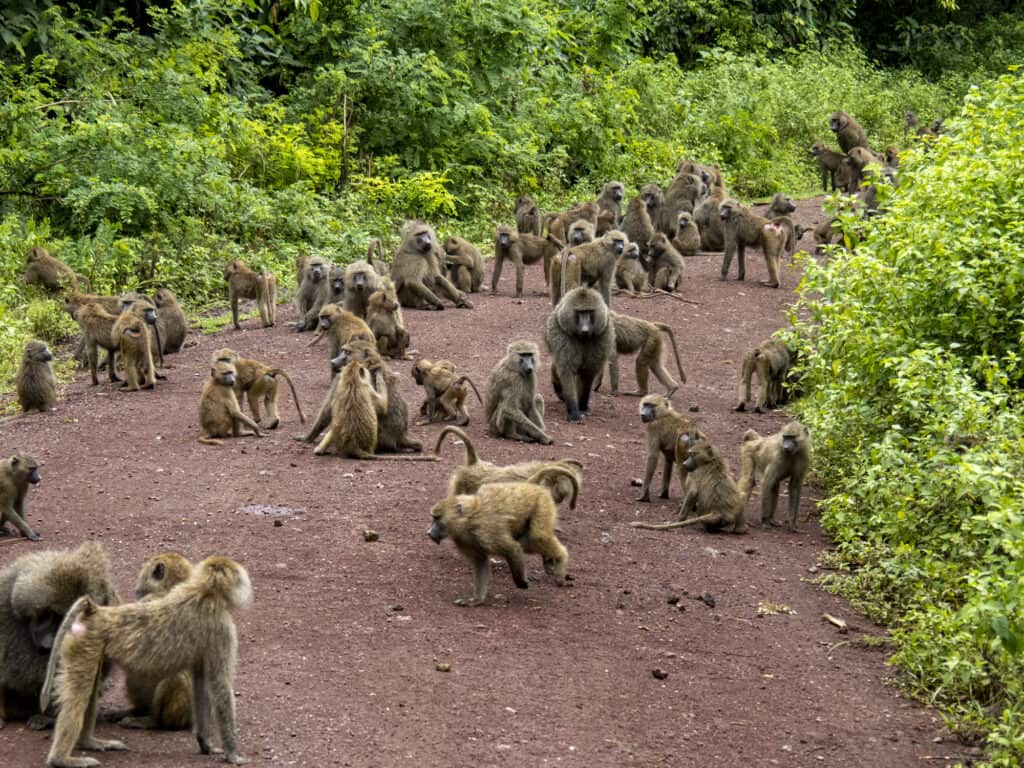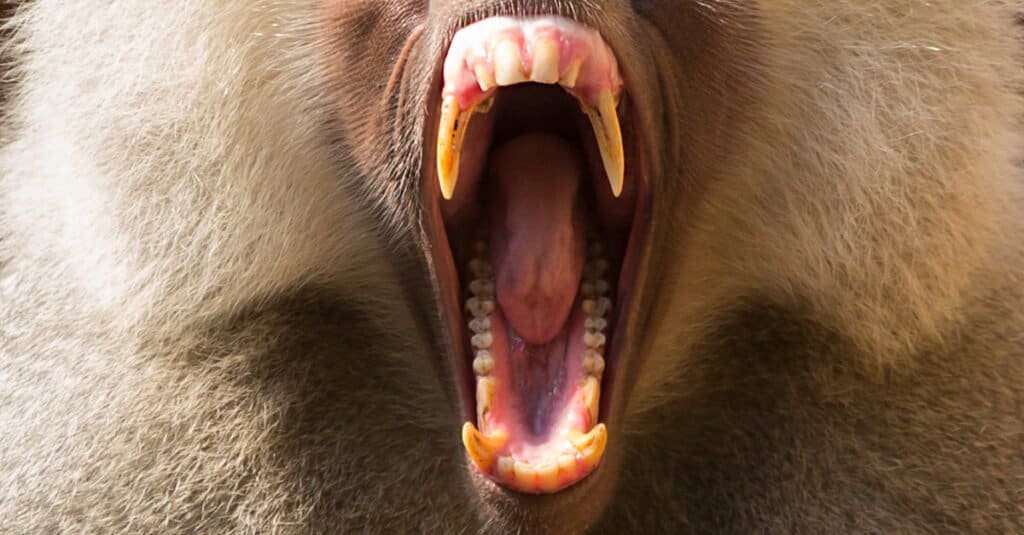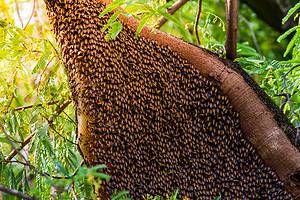Sticking your hand in a bees’ nest is always going to be a tricky business – and that is also true if you are a baboon. As the video shows, the reaction of a baboon to getting stung by a bee is remarkably similar to a human!
Check Out The Full Video Footage Below!
Baboons And Their Habitat
Baboons are natives of Asia and Africa. The baboons in this video are on the Serengeti in Africa – one of the country’s many savanna regions. The Serengeti is a valuable ecosystem and is also the name given to a geographical region of Africa that spans northern Tanzania. Within it, there is a large protected area of land that includes the Serengeti National Park and several game reserves. Even though there are five different species of baboon, four of them are known collectively as Savanna baboons. Interbreeding may also have produced some subspecies.
They are intelligent animals who form close social bonds that often last for life. Baboons live in groups, called troops, that can contain up to several hundred members.

©iStock.com/Elise Morris
In terms of appearance, they essentially look like a monkey – but are large, powerfully built and spend their time mostly on the ground rather than in trees. Their heads are large with long muzzles and a heavy brow ridge protecting their eyes. Males have particularly long canines which they use to protect their troop.
Baboon Diet And Prey
Baboons are omnivores. Their diet is made up of plants and small animals. They like to eat fruit, flowers, seeds and roots but they will also eat eggs, insects, lizards and rodents. As we see here, they are also quite keen on honey!
In this clip, the narrator explains that the rains have arrived but the vegetation has not yet had a chance to grow so the baboons are hungry.

.
©iStock.com/sneil375
Then, they spot a bee’s nest in the ground and know that it contains a sweet treat. The only problem is that you have to get past the bees first! The first adult male baboon to try its luck gets stung and lets out a cry. After several attempts and a lot of stings, he manages to grab a handful of the honeycomb. Then, his son also has a go but he does not have such a thick coat so he is more affected by the stings and runs away, howling!
The photo featured at the top of this post is © iStock.com/RudiHulshof
Thank you for reading! Have some feedback for us? Contact the AZ Animals editorial team.





